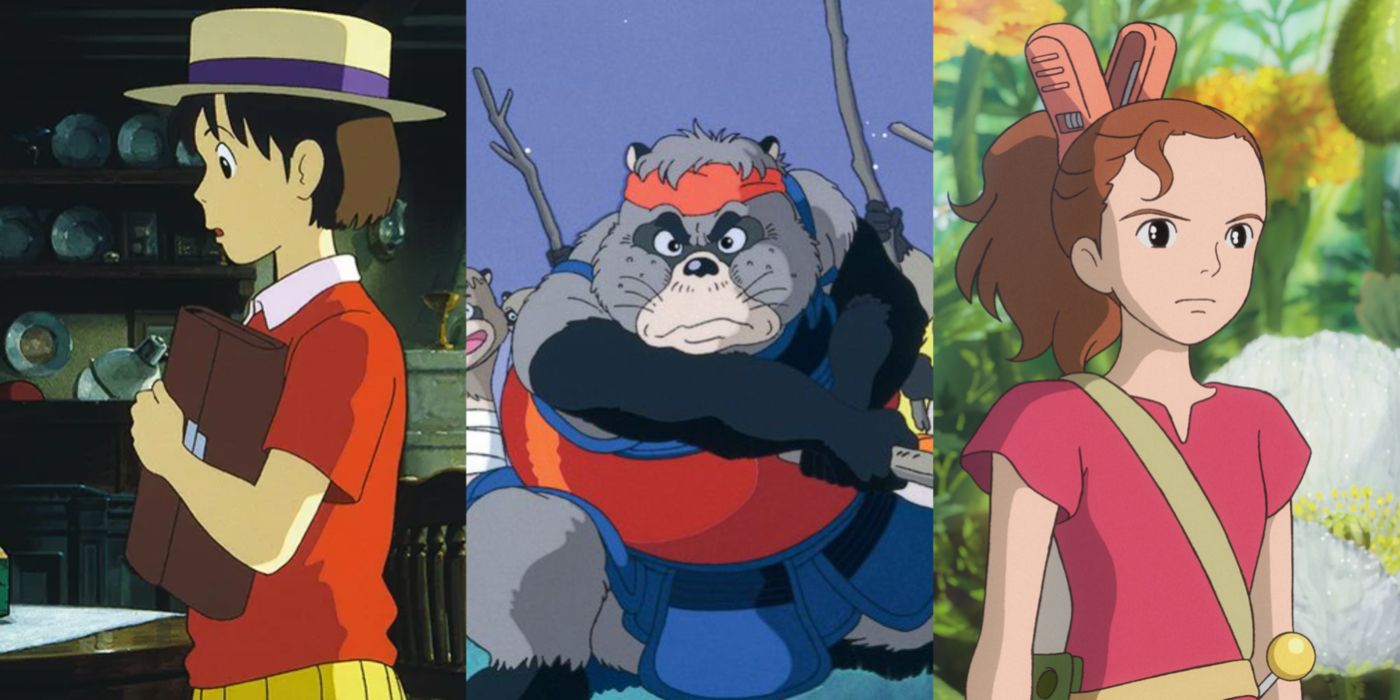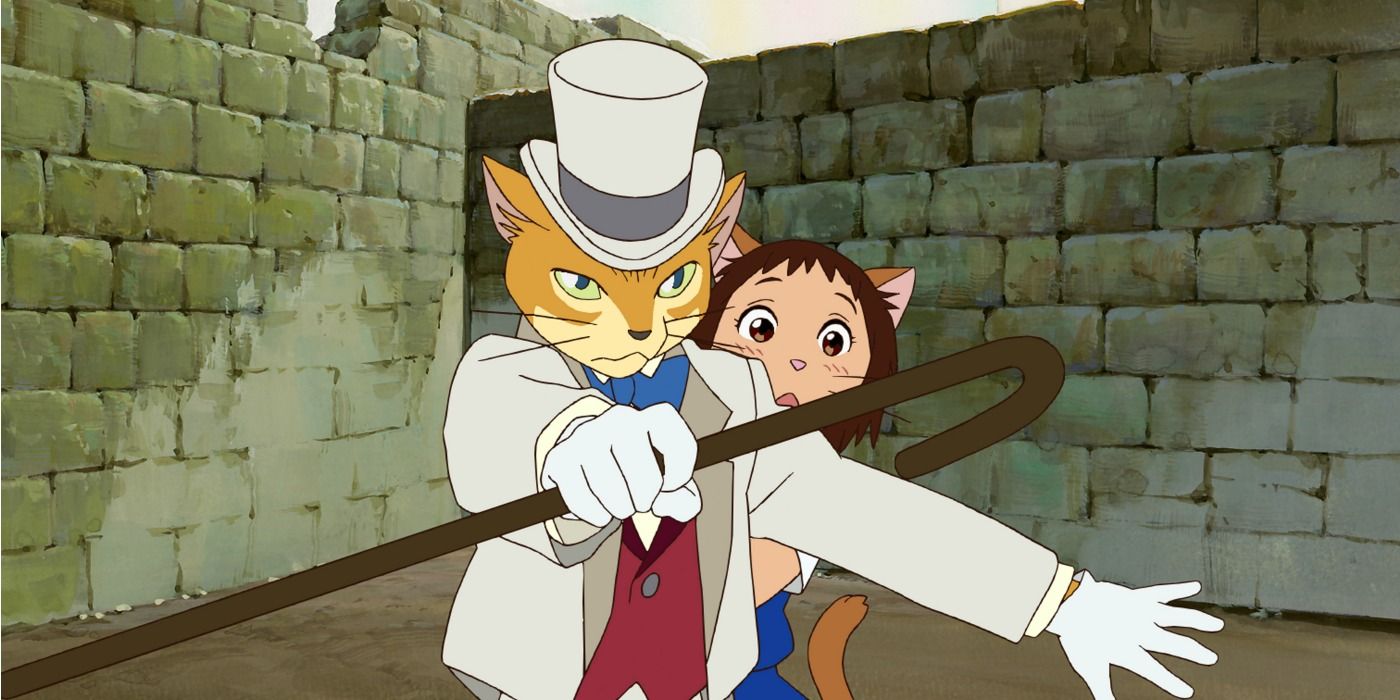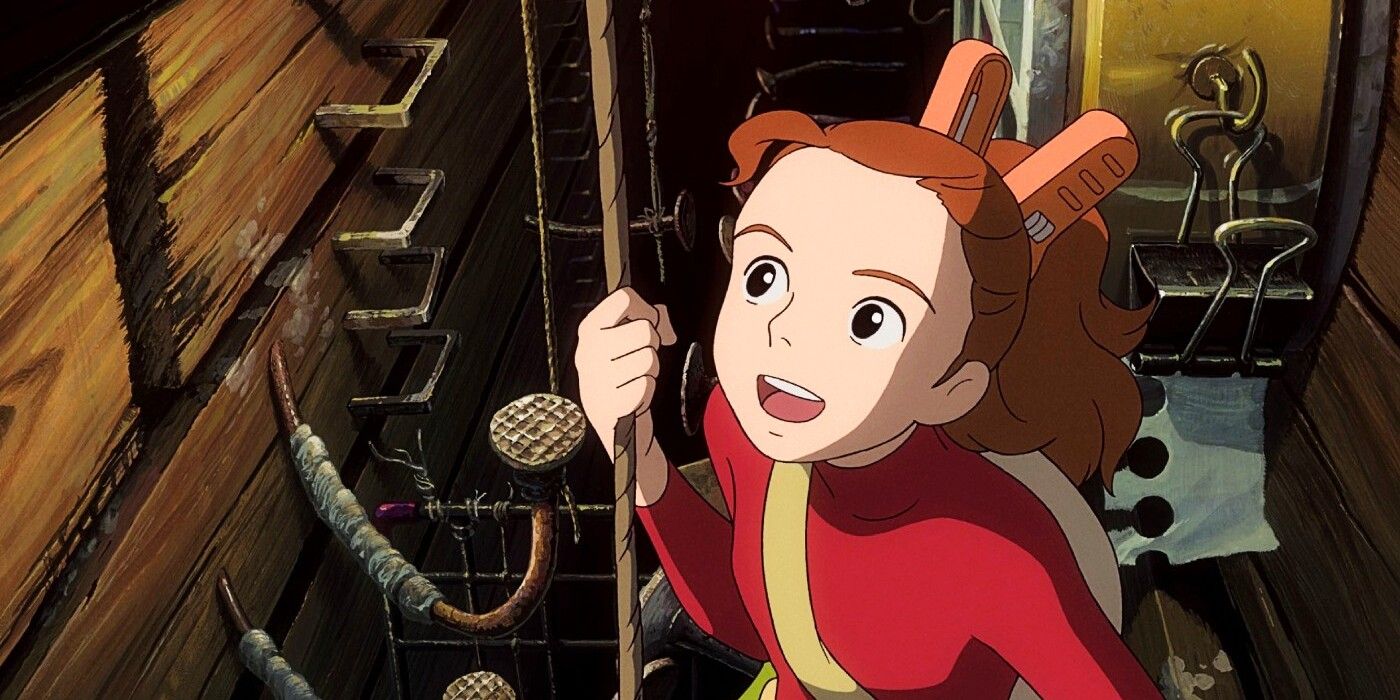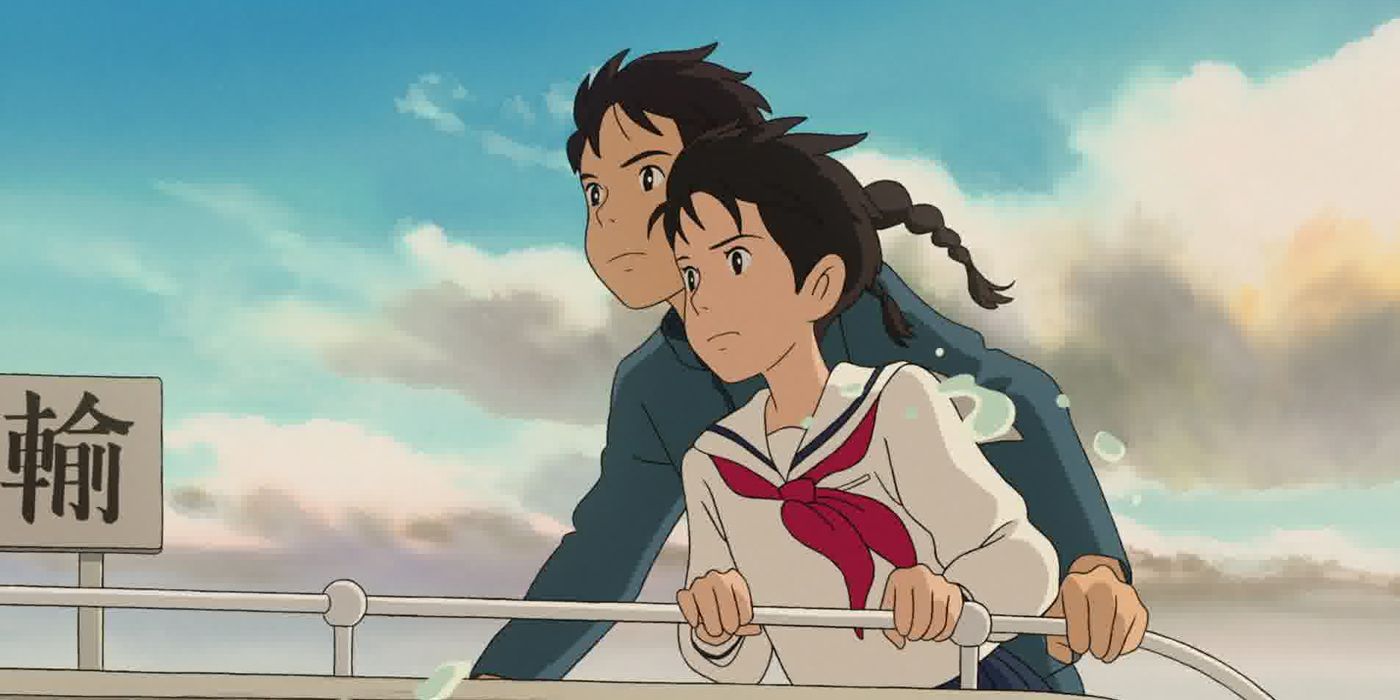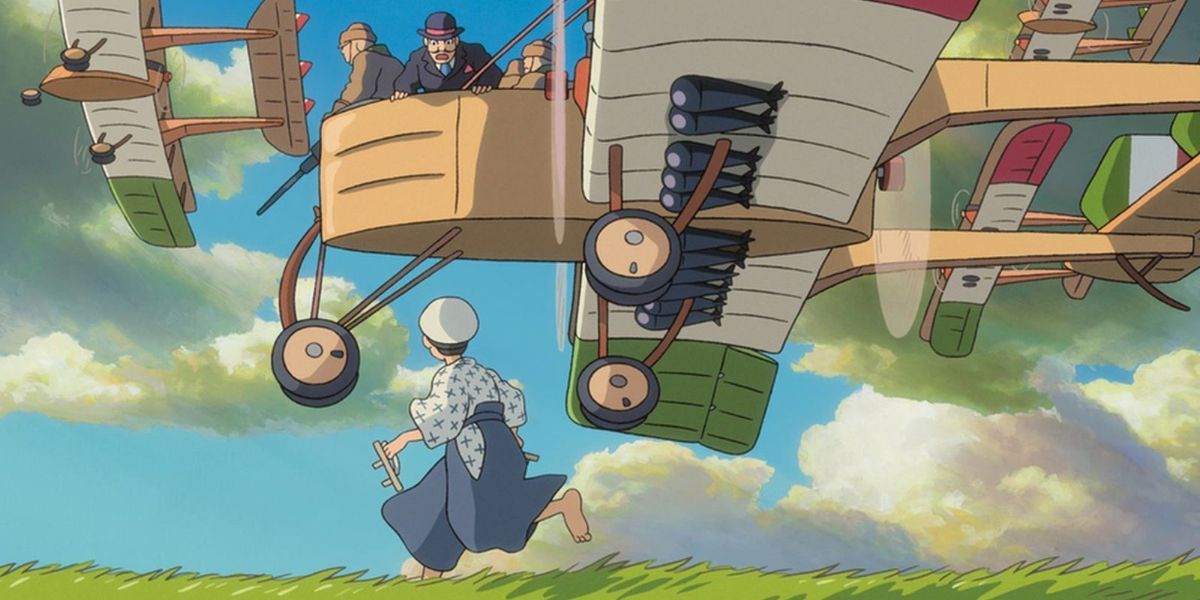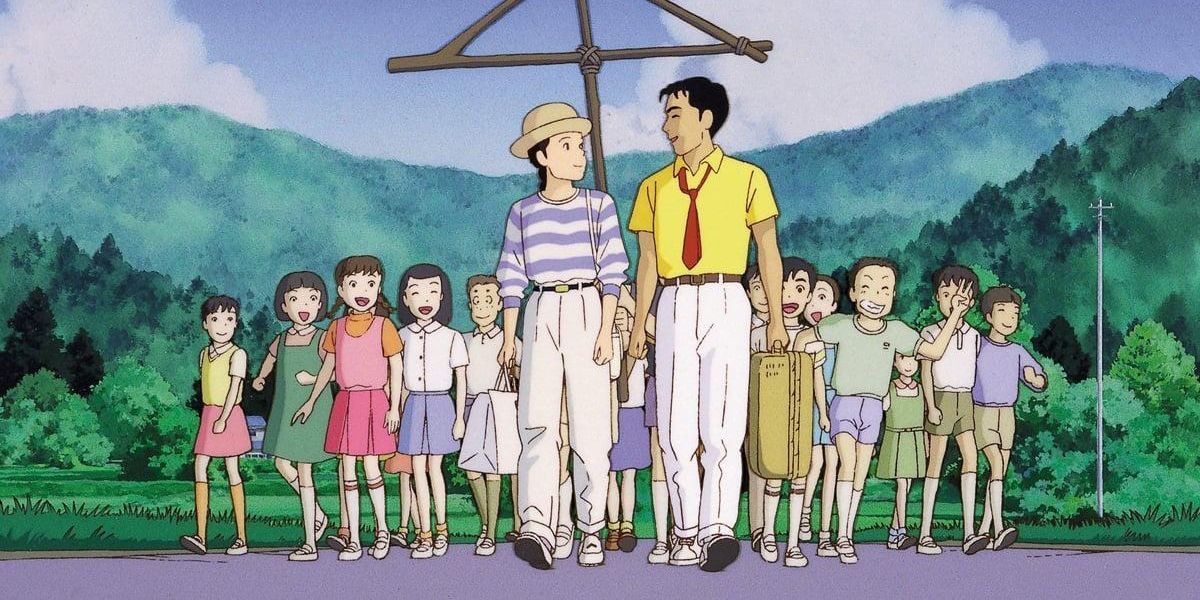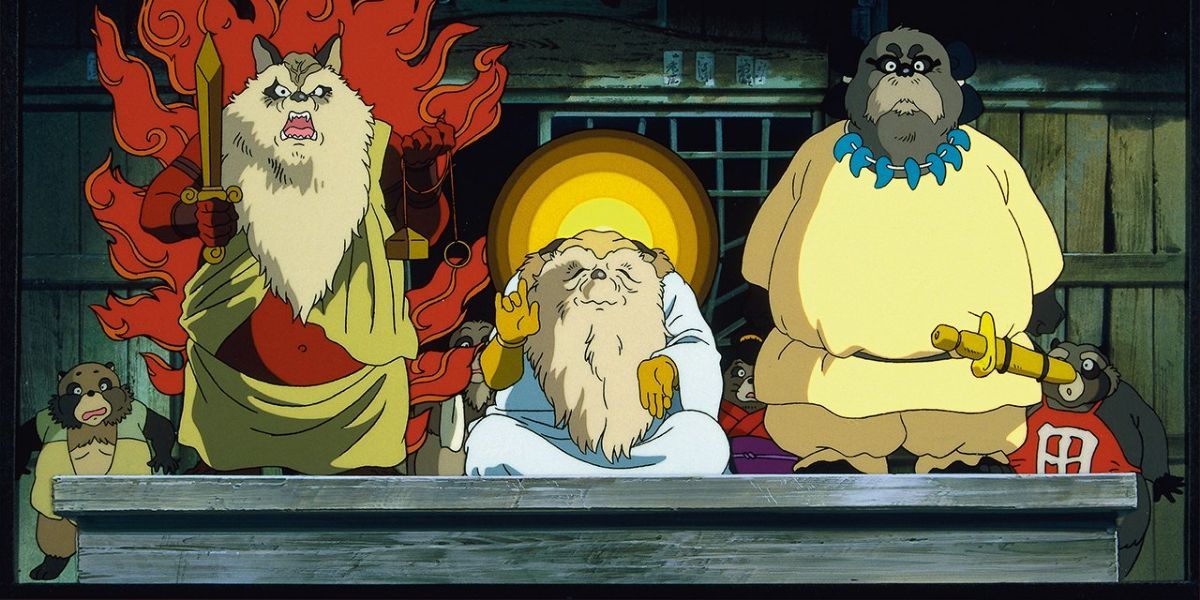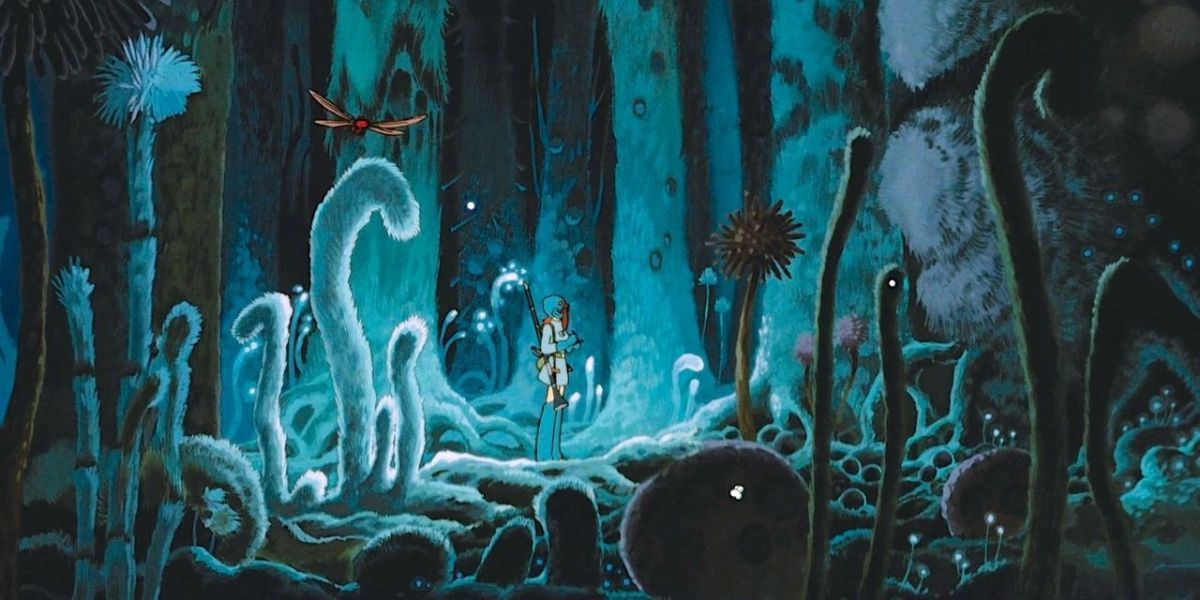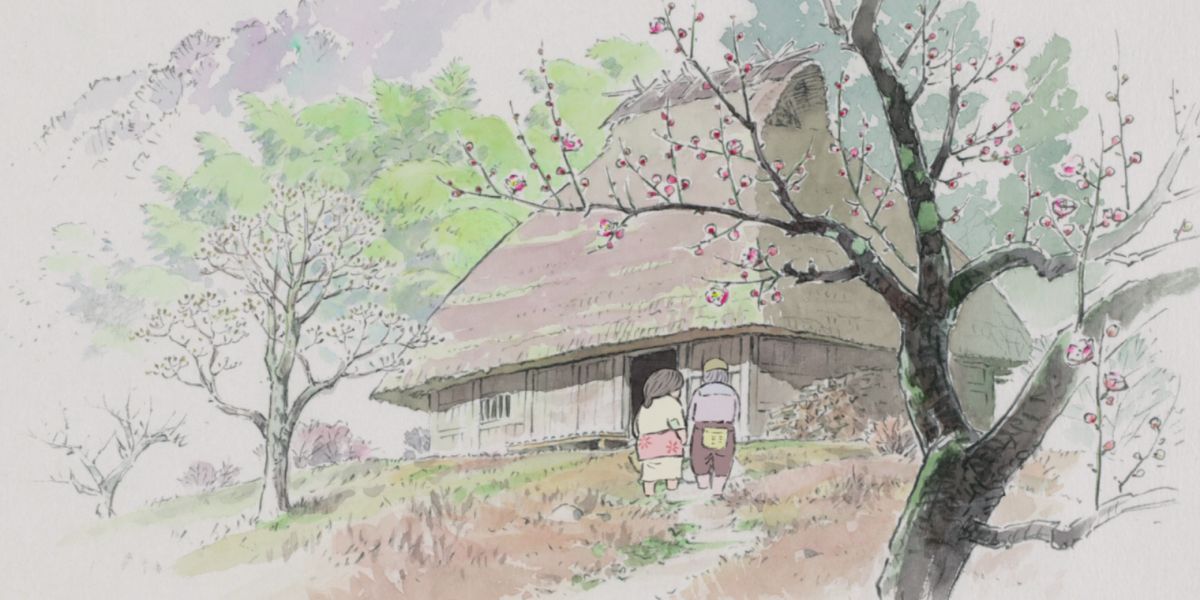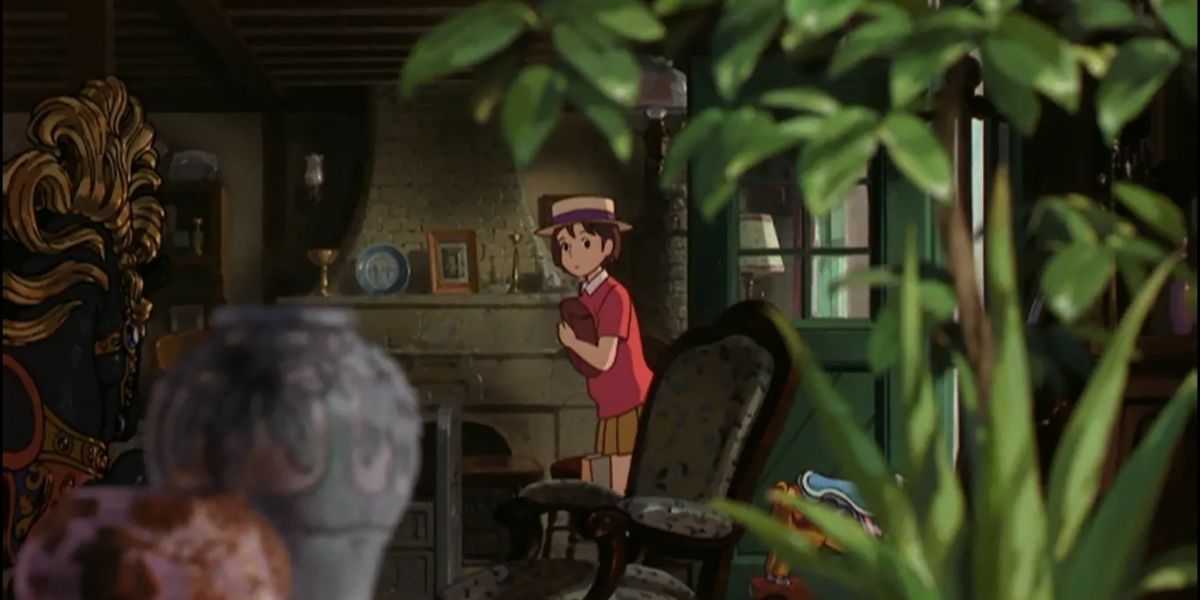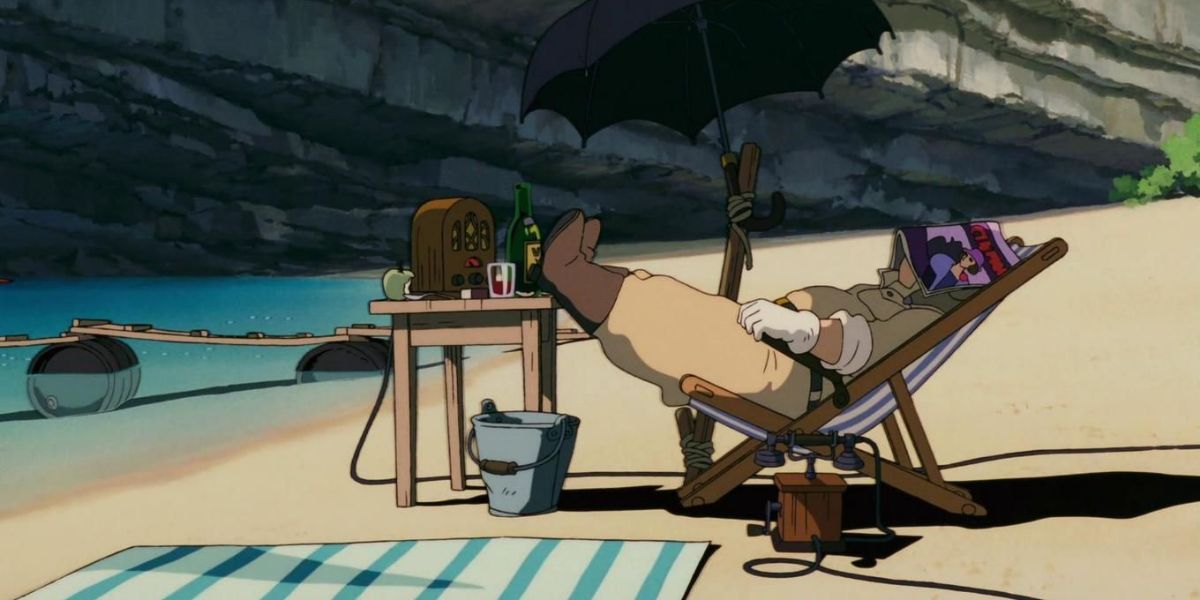Read update
- A new movie from Studio Ghibli by Hayao Miyazaki, titled How Do You Live, is currently in production, marking the director's first feature since 2013's The Wind Rises. While fans of the studio await more news about this film, though, there are plenty of fantastic yet underrated Studio Ghibli works to enjoy, all available to stream on HBO Max.
Legendary animation company Studio Ghibli is inarguably deserving of its reputation. Home to some of anime's preeminent talents, including co-founder Hayao Miyazaki, Ghibli is responsible for some of the greatest and most famous works that the medium has to offer. Classics like My Neighbor Totoro and Spirited Away have won the studio international acclaim, and by watching the magical stories unfold it's easy to see why.
With a catalog of works as expansive as Ghibli's, though, it's inevitable that certain films will receive more recognition than others. For every Spirited Away there are a handful of other works from the studio that remain criminally under-recognized worldwide.
Updated on October 24th, 2022 by Stacie Rook:
A new movie from Studio Ghibli by Hayao Miyazaki, titled How Do You Live, is currently in production, marking the director's first feature since 2013's The Wind Rises. While fans of the studio await more news about this film, though, there are plenty of fantastic yet underrated Studio Ghibli works to enjoy, all available to stream on HBO Max.
The Cat Returns (2002)
The Cat Returns, directed by Hiroyuki Morita, is a fantastical coming-of-age story that also serves as a pseudo-sequel to another Ghibli work, Whisper of the Heart, featuring one of that film's most memorable characters, the Baron.
The protagonist of The Cat Returns is Haru, a teenager who struggles with confidence, and whose life is forever changed one day when she learns that she can talk to cats. What follows is a magical journey that takes Haru to the Cat Kingdom, where she finds both allies and enemies. Suitable for all ages, The Cat Returns is a joyful movie that invites viewers to take note of the magic that animals bring to the world.
The Secret World Of Arrietty (2010)
Also known as Arrietty the Borrower in Japan, The Secret World of Arrietty, from director Hiromasa Yonebayashi, follows the life of protagonist Arrietty and her family, who are beings called Borrowers; tiny humanoids that live secretly in the homes of humans.
Arrietty showcases the Borrowers' way of life, and how the constant threat of discovery by humans affects them. In the story, Arrietty befriends a human boy named Shō, which leads to both adventure and danger. The movie shows the trappings of daily life from a whole new perspective, making even the simplest items a wonder to behold on-screen, and it's this aspect of the film that makes it so enjoyable.
From Up On Poppy Hill (2011)
Directed by Gorō Miyazaki, son of Hayao Miyazaki, From Up on Poppy Hill is a departure from some of Ghibli's more fantasy-led stories. Instead, it takes place in Japan during the 1960s, and follows Umi and Shun, two teenagers who team up to save their school's clubhouse from being demolished. Along the way, they uncover old secrets about their respective family histories.
While the movie's gentle pace means that there's less action to be found than in bigger Ghibli works like Spirited Away, From Up on Poppy Hill remains compelling, thanks not only to the development of its central characters, but also the rich animation of its setting, more particularly in its rendering of bodies of water, which are central to the film's story.
The Wind Rises (2013)
One of several Miyazaki works about war that doesn't actually take place during wartime, The Wind Rises tells the real-life story of the engineer Jiro Horikoshi, famous for being the chief designer behind the A6M Zero fighter plane, used by the Imperial Japanese Navy during World War II. The story follows him from childhood, where he innocently dreams of flight, to adulthood and the onset of the war, where he is confronted with the terrible violence that his life's work is used to carry out.
Miyazaki seems to have a strong personal interest in the interwar period, and the tragic irony inherent to the period is deployed to great effect in this movie. The audience knows from the outset that Jiro's dreams are doomed to be used to violent ends, and they also know that the happiness the characters experience has an expiration date as the war creeps ever closer.
Only Yesterday (1991)
Known in Japan as Omoide Poro Poro ("Memories Come Tumbling Down"), Isao Takahata's 1991 film, Only Yesterday, tells the intimate story of the life of the movie's protagonist—a woman named Taeko—through a series of interconnected flashbacks that affect her as she makes one of her regular trips to the countryside. Taeko finds herself reflecting on her childhood, the moments that shaped her into the adult she is, and also what could have been had other choices been made.
This is a movie that explores the significance of memory, and how it affects people internally and influences their lives. The themes and story here are remarkably adult, and it features one of the saddest moments in Studio Ghibli movies. The final impression of Only Yesterday is a somber one, but hopeful at the same time, and the story ends up feeling extremely true to life by the end of its runtime.
Pom Poko (1994)
Isao Takahata's work for Ghibli shows an incredible range. He is capable of directing harrowing stories like Grave of the Fireflies, but also fun-filled adventures featuring some of Ghibli's best non-human characters, like Pom Poko's main cast of tanuki, shape-shifting raccoon-like creatures opposing intrusive residential developments.
Pom Poko is a unique Ghibli tale, because it is one of the studio's few films that first and foremost aims to make the audience laugh. When their community is threatened by real-estate development, the magic-equipped tanuki deploys their abilities to ridiculous ends in an effort to defend themselves. Beneath the comedy, though, is an environmentally-conscious tale, a recurring theme in Studio Ghibli's works.
Nausicaä Of The Valley Of The Wind (1984)
Hayao Miyazaki's Nausicaä served as an early example of what Studio Ghibli stood for. Set in a post-apocalyptic landscape where ecological disaster has rendered most of the Earth uninhabitable by humans, the titular protagonist, Nausicaä, must placate the environment's dangerous insectoid wildlife, as well as protect her home village from an aggressive militaristic nation seeking to stake claim over their territory and resources.
One of several Ghibli movies based on manga, Nausicaä is Miyazaki's adaptation of his own comic series. The story's setting and the design work that makes up the tools, characters, and symbols that populate its world are incredible, and add realism to even such an unfamiliar world. Additionally, Nausicaä's environmentalist message only serves to make the movie feel more relevant today.
The Tale Of The Princess Kaguya (2013)
The final film by studio veteran Isao Takahata, The Tale of the Princess Kaguya is a visual achievement in every sense, even for the high standards set by the studio's past work. Featuring an incredibly bold aesthetic (the animation and art evoke watercolor and charcoal), Kaguya is a dramatic retelling of one of Japan's most prominent folkloric stories: that of a tiny princess discovered at the heart of a bamboo shoot, and the complicated fate that awaits both her and her loved ones.
In addition to being an aesthetic achievement, Kaguya presents its fairytale-like story with the dreamlike romance and majesty that the story deserves, and as one of the best Studio Ghibli movies by IMDb ratings, the acclaim speaks for itself.
Whisper Of The Heart (1995)
Director Yoshifumi Kondo was a longtime storyboard artist and animator at Studio Ghibli who was only afforded the opportunity to direct once for the studio before his death, and the result of those efforts was the laid-back and sentimental Whisper of the Heart. Whisper of the Heart notably chooses to steer clear of the fantastical elements found in many of the studio's other works, opting instead to tell a more grounded story about young people struggling to find purpose, and becoming closer to one another in the process.
The level of realism and detail that can be found in the movie's environments is incredible, which lends a strong sense of believability to the entire work. What really makes the film successful, though, is its characters. The struggles the film's protagonists go through feel truly universal, and the love story that runs parallel to the events of the main arc is extremely effective at enhancing the emotional core of the movie.
Porco Rosso (1992)
Porco Rosso is arguably less recognized than some of Miyazaki's more famous works, like Princess Mononoke or Spirited Away, but it has just as much to offer. Porco Rosso is, simply, about a pig-man who flies planes, but it's also a deeply personal meditation on the impact that war has on those who live through it. Set over the Mediterranean between the first and second World Wars, the film's protagonist, Marco, is a man very literally changed by his wartime experiences, and the story follows his exploits as the world marches inevitably towards another cataclysmic confrontation.
This is a deeply melancholic work from Miyazaki, but also one of arresting beauty. The sheer artistry that Ghibli exhibits via the environments in this film instantly lands it among the ranks of the studio's best-looking work, which is to say nothing of the animation itself. Miyazaki's longtime love of aviation comes through in force, and the film features some impeccably high-quality animated sequences involving aircraft.

